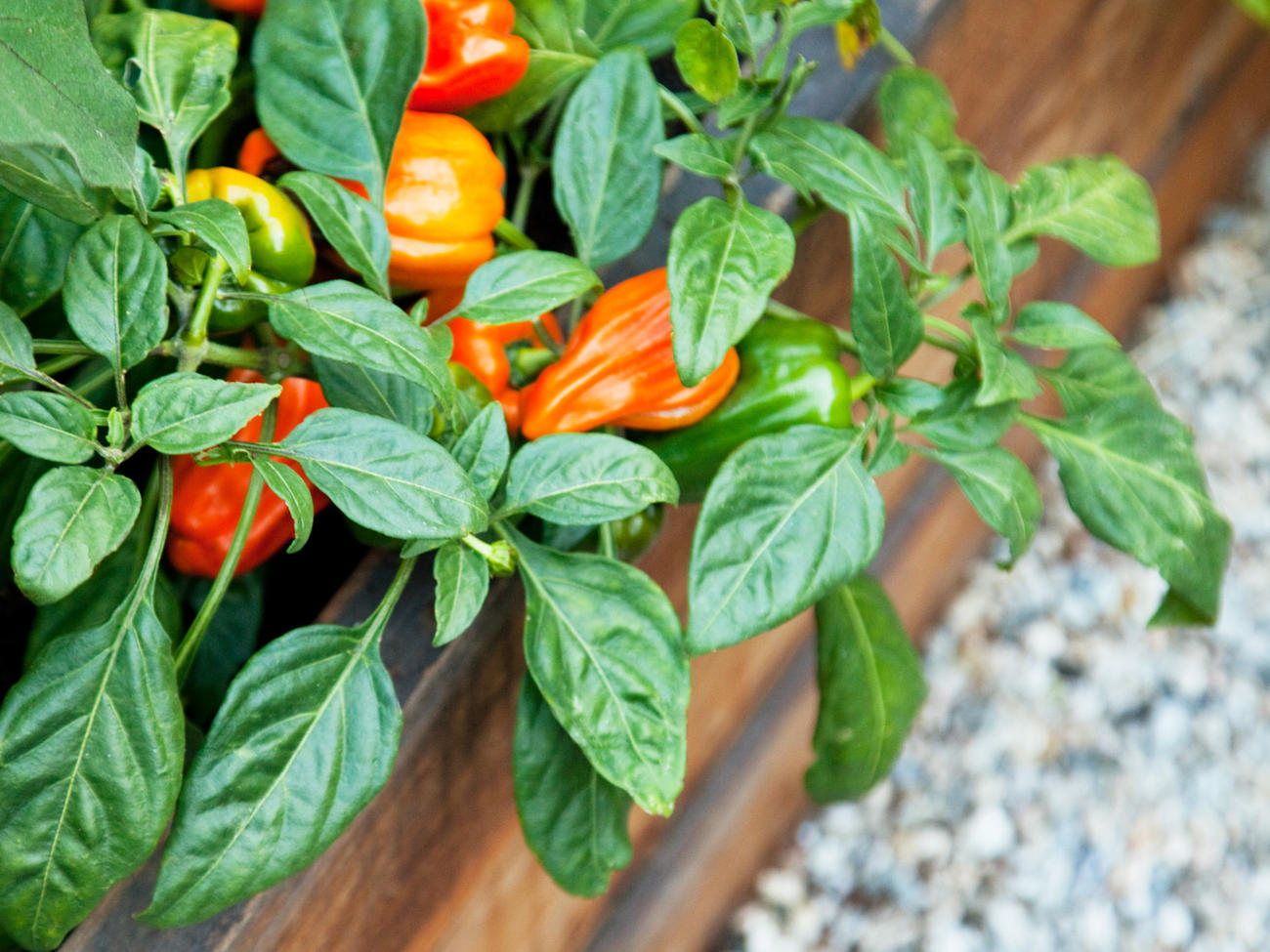
Choosing which vegetables to grow
Favorite warm- and cool-season vegetables at a glance plus growing season basics

Jennifer Cheung
Vegetables are designated “warm-season” or “cool-season,” depending on the weather they need for best growth.
Warm-season vegetables, such as peppers and tomatoes, are summer crops; they require both warm soil and high temperatures to grow and produce fruit. They are killed by frost. Plant them after the last frost in spring. Cool-season vegetables grow steadily at average temperatures 10° to 15°F/6° to 8°C below those needed by warm-season types. They can be planted in very early spring for early summer harvest or in late summer for harvest in fall and (in mild regions) winter. Many will endure short spells of frost ― but in hot weather, they become bitter tasting and often bolt to seed rather than producing edible parts. In areas with short growing seasons (fewer than 100 days) or cool, foggy summers, cool-season vegetables can be grown in summer. A few vegetables are perennials: you plant them once, then harvest crops year after year. Give them their own garden area, so they won’t be disturbed when you prepare soil for annual crops. Fertilize and mulch each spring; water as needed during the season.
Planting tomatoes
Plant your tomatoes deep for the best, healthiest root system.
0 seconds of 1 minute, 3 secondsVolume 0%
Press shift question mark to access a list of keyboard shortcuts
Keyboard Shortcuts
Shortcuts Open/Close/ or ?
Play/PauseSPACE
Increase Volume↑
Decrease Volume↓
Seek Forward→
Seek Backward←
Captions On/Offc
Fullscreen/Exit Fullscreenf
Mute/Unmutem
Decrease Caption Size-
Increase Caption Size+ or =
Seek %0-9
